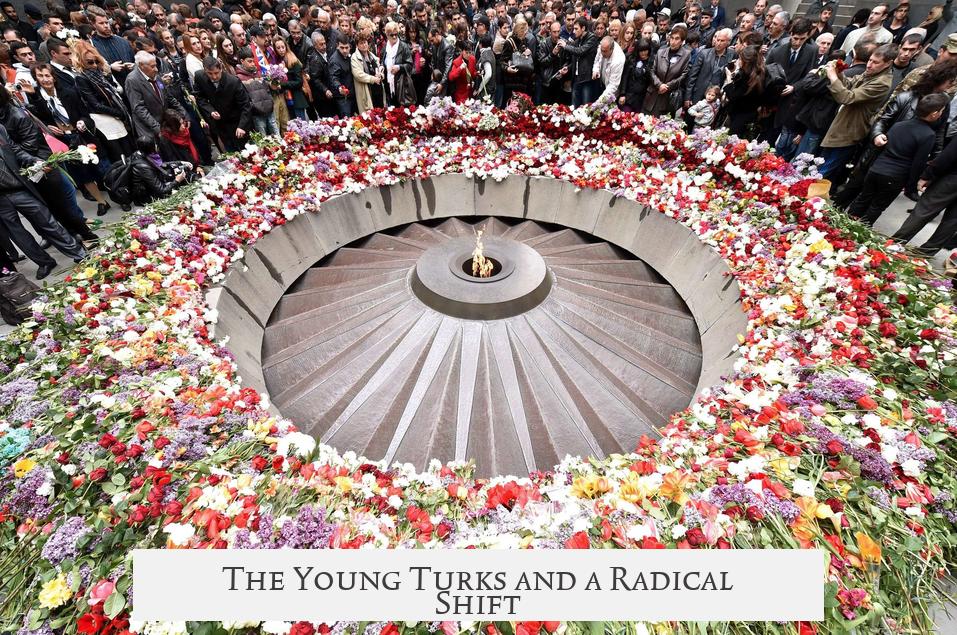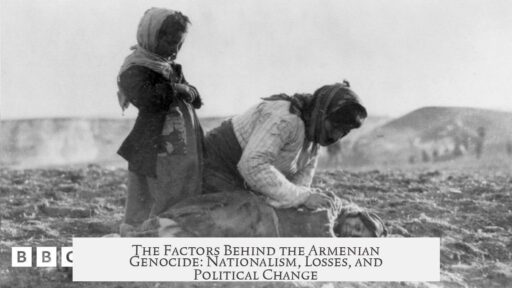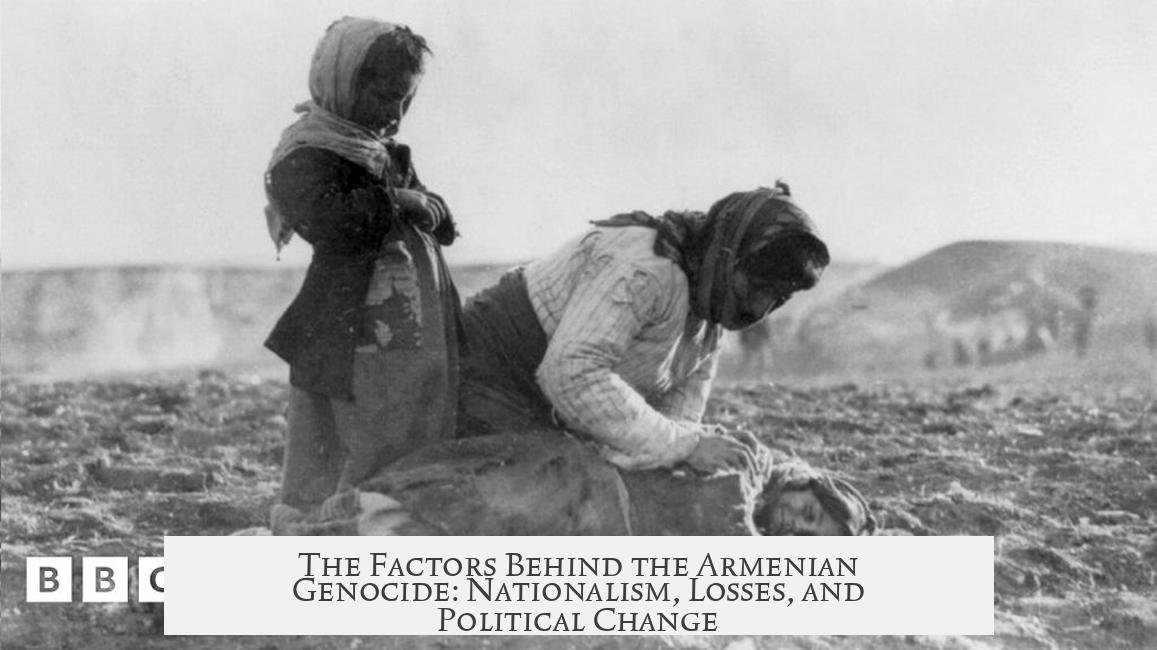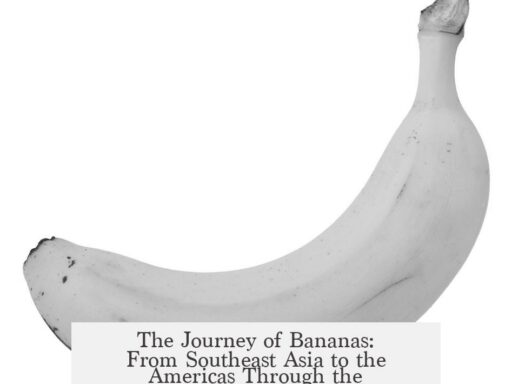The Armenian genocide happened due to a complex mix of political, social, and ethnic factors tied to the decline of the Ottoman Empire. The empire’s weakening economy, rising nationalism, territorial losses, and the emergence of Turkish-centric policies under the Young Turks led to escalating tensions that culminated in the systematic targeting of Armenians.
In 1914, the Ottoman Empire faced severe internal challenges. Economically, the state lagged behind global powers, burdened by rapid debt and an outdated administrative system. Its military was archaic, and political turmoil was rife. This erosion of power created a fragile environment prone to conflict and instability.
Ethnic identities became more pronounced during the 19th century. Muslim Turks were a minority concentrated in specific areas, while diverse ethnic groups, including Armenians, lived throughout the empire. The rise of nationalism fueled ethnic pride and rivalry. In the Balkans, where diverse populations dwelled, ethnic tensions frequently erupted, often influenced by external powers like Russia. These tensions deepened animosities and disturbed the empire’s unity.
Territorial losses significantly affected the empire’s stability. The Ottoman holdings in the Balkans crumbled as Greece, Romania, Serbia, and Bulgaria gained independence or autonomy by the early 20th century. The impact was twofold:
- The loss severely shrank the European part of the empire, striking a major blow to its power and prestige.
- Unlike previous territorial losses to major powers, these defeats came from relatively minor Balkan states, which added humiliation for Ottoman leaders.
- Much of the land lost was ethnically Turkish, leading to a massive influx of Turkish refugees who escaped ethnic cleansing by the new Balkan states. These refugees swelled ethnic tensions within the dwindling Ottoman territories.
Against this backdrop, the Young Turks emerged with the Committee of Union and Progress (CUP). Initially, the Young Turks aimed to revive and reform the empire, gaining support from many minorities, including Armenians. However, their vision soon shifted toward forging a Turkish national state.
The CUP increasingly emphasized a homogeneous Turkish identity, which conflicted with the empire’s former multi-ethnic character. Armenians, who had initially supported the Young Turks, became viewed with suspicion as potential threats to this new national vision. This was especially true amidst ongoing wars and fears of collaboration with Russia, an external enemy.
In essence, the Armenian genocide occurred due to:
- The empire’s decline weakened central control and fostered insecurity.
- Ethnic nationalism heightened divisions and fears.
- Territorial losses displaced populations, fostering resentment and ethnic hostilities.
- The rise of the Young Turks led to nationalist policies targeting non-Turkish groups.
- Armenians were increasingly seen as a threat to the empire’s and nation’s survival.
This confluence of factors created an environment where systematic violence against Armenians became state policy. The genocide was a tragic outcome of competing nationalisms, imperial collapse, and shifting political agendas.
| Factor | Impact on Armenian Genocide |
|---|---|
| Ottoman Empire Decline | Created instability and weakened imperial authority. |
| Ethnic Nationalism | Increased intercommunal tensions and fear of minority groups. |
| Loss of Balkan Territories | Swelled ethnic Turkish refugees, igniting resentment toward minorities. |
| Young Turks (CUP) Rise | Shifted focus toward Turkish nationalism and exclusion of Armenians. |
| Armenians’ Changed Status | From allies to perceived threats, targeted in state policies. |
Key takeaways:
- The Armenian genocide stemmed from the Ottoman Empire’s decline and rising ethnic nationalism.
- Losses in the Balkans intensified ethnic hostility and political instability.
- The Young Turks’ emphasis on Turkish nationalism marginalized Armenians.
- Armenians transitioned from political allies to scapegoats within the empire.
- These dynamics set the stage for the genocide as a systematic, state-led persecution.
Why Did the Armenian Genocide Happen?

The Armenian genocide happened due to a mix of the Ottoman Empire’s decline, rising ethnic nationalism, territorial losses, and a radical political shift led by the Young Turks seeking to create a strictly Turkish nation-state. Sounds like a messy cocktail of politics, identity crises, and desperation. Let’s break it down with more detail, akin to peeling an onion—though, sadly, one with tears not of joy.
First, imagine an empire long past its glory days—economically strained, politically chaotic, and militarily weak. By 1914, the Ottoman Empire was exactly that: a fading giant struggling to keep its patchwork of territories under control. It was still running on near-feudal systems and an old-fashioned army that couldn’t compete with modern forces. Huge debts ballooned and reforms barely took hold.
This backdrop naturally ignited a sorely needed overhaul, but the cracks were too deep. The empire wasn’t just losing money; it was losing relevance. And when an empire starts falling apart, people inside start clutching their identities tighter.
Rising Nationalism and Ethnic Tensions Stir the Pot
The Ottoman Empire was a mosaic of peoples and religions. Interestingly, at the dawn of the 19th century, Muslim Turks were actually a minority in many parts of the empire, concentrated mostly in central Anatolia and a few other regions. The rest of the empire’s population consisted of various ethnic groups—Armenians among them—each developing a stronger sense of identity.
Meanwhile, nationalism was heating up across Europe, and the Balkans became a hot zone. Russia in particular stirred ethnic tensions, using them to weaken the Ottomans. This led to many conflicts—and the empire lost most of these wars. The loss of Balkan territories started a domino effect that unsettled the Ottoman state deeply.
Balkan Losses: Blow After Blow
| Event | Impact |
|---|---|
| Greek Independence (1830) | First major European loss signaling the empire’s weakening grip. |
| Romanian Unification and Independence (1859 – 1877) | Reduced Ottoman influence in the Balkans. |
| Serbian Independence & Bulgarian Autonomy | Further chipped away at Ottoman control, with Bulgaria eventually gaining full independence. |
Unlike previous territorial losses, these new ones happened mostly at the hands of smaller Balkan states—not major powers—and the lands lost were often Turkish-majority regions. To add insult to injury, those Balkan states conducted ethnic cleansing, forcing millions of Turkish refugees to flee back into Anatolia.
All this meant two things: First, the Ottoman Empire lost the majority of its European territories, a catastrophic blow. Second, the arrival of numerous displaced Turkish civilians intensified ethnic tensions within the remaining Ottoman lands.
The Young Turks and a Radical Shift

In 1908, a group called the Young Turks seized power through a coup. They formed the Committee of Union and Progress (CUP), aiming to halt the empire’s decline. At first, many Armenians—even some other minorities—supported the Young Turks, hoping for reforms and equality.
But the Young Turks had a different vision: not a multi-ethnic empire, but a Turkish nation-state. They started promoting Turkish nationalism fiercely. Suddenly, Armenians, once allies, were seen as an obstacle to this new homogenous vision.
The breakdown of earlier alliances between Armenians and Ottoman rulers transformed Armenians from acceptable minorities to perceived internal enemies. Rising suspicion framed them as disloyal, especially because of their Christian faith and sometimes suspected ties to Russia, the empire’s great enemy.
Putting It All Together
The Armenian genocide resulted from a dangerous recipe of a declining empire’s desperation, rising nationalist fervor, territorial catastrophes, and a shift from empire preservation to Turkish ethnic dominance.
Each factor built upon the last. The Ottoman Empire, struggling economically and militarily, lost its grip, leading to waves of displaced Turks mixing with long-standing minorities like the Armenians. Nationalist movements dismantled the ideal of coexistence and pushed a ruler cadre—the Young Turks—toward hardline policies. Armenians were caught in this storm, facing an existential threat as the new regime sought to solidify Turkish identity.
What Can This Teach Us Today?
History often repeats when we ignore complex socio-political realities. The Armenian genocide teaches us how economic despair, ethnic tensions, and extreme nationalism can spiral into tragic violence. It’s a grim reminder that societies failing to embrace diversity and inclusivity risk fueling hatred.
Dealing with internal decay requires dialogue, reforms, and protection of minority rights. Was the Armenian genocide inevitable? Perhaps not. But the Ottoman Empire’s failure to adapt inclusively sealed a tragic fate for its Armenian population.
As readers, understanding why such atrocities happen arms us with the knowledge to recognize warning signs. It urges us not to let history’s darkest chapters turn into future realities.
Final Thoughts
- The Ottoman Empire’s decline was both structural and symbolic—a fading power trying to hold a patchwork kingdom together.
- Ethnic and national identities surged as multi-ethnic coexistence frayed under external pressures and internal desperation.
- Territorial losses, especially in the Balkans, displaced millions, heightening insecurities and interethnic conflict.
- The Young Turks aimed to “save” the empire by transforming it into a Turkish nation-state, abandoning multi-ethnic accommodation.
- The resulting paranoia and nationalism turned Armenians from allies to scapegoats in this turbulent transformation.
Why did the Armenian genocide happen? Because an empire’s unraveling created the perfect storm where fear, identity, and political ideology tragically collided. It’s a sobering lesson on the dangers of nationalistic extremism and the urgent need for empathy and inclusion.
Why did the Ottoman Empire’s decline contribute to the Armenian genocide?
The empire was facing economic troubles, a weak army, and political instability. These problems weakened the state and heightened fears among leaders about losing control over diverse populations.
How did nationalism influence the events leading to the Armenian genocide?
Nationalism grew among Turks and other groups. Turks aimed to create a Turkish nation-state, which made minority groups like Armenians seen as obstacles to this goal.
What role did the loss of Balkan territories play in the Armenian genocide?
The empire lost land mostly inhabited by Turks, causing many Turkish refugees to move inward. This increased ethnic tensions and suspicion towards minorities, including Armenians.
Why did the Young Turks turn against the Armenians?
Initially, Armenians supported the Young Turks, but the group later prioritized Turkish nationalism. They saw Armenians as a threat to the unity and survival of a Turkish state.
How did ethnic tensions and external influences set the stage for the genocide?
Rival ethnic groups clashed, and foreign powers like Russia encouraged conflict. This created a hostile environment where Armenians were increasingly mistrusted and targeted.




